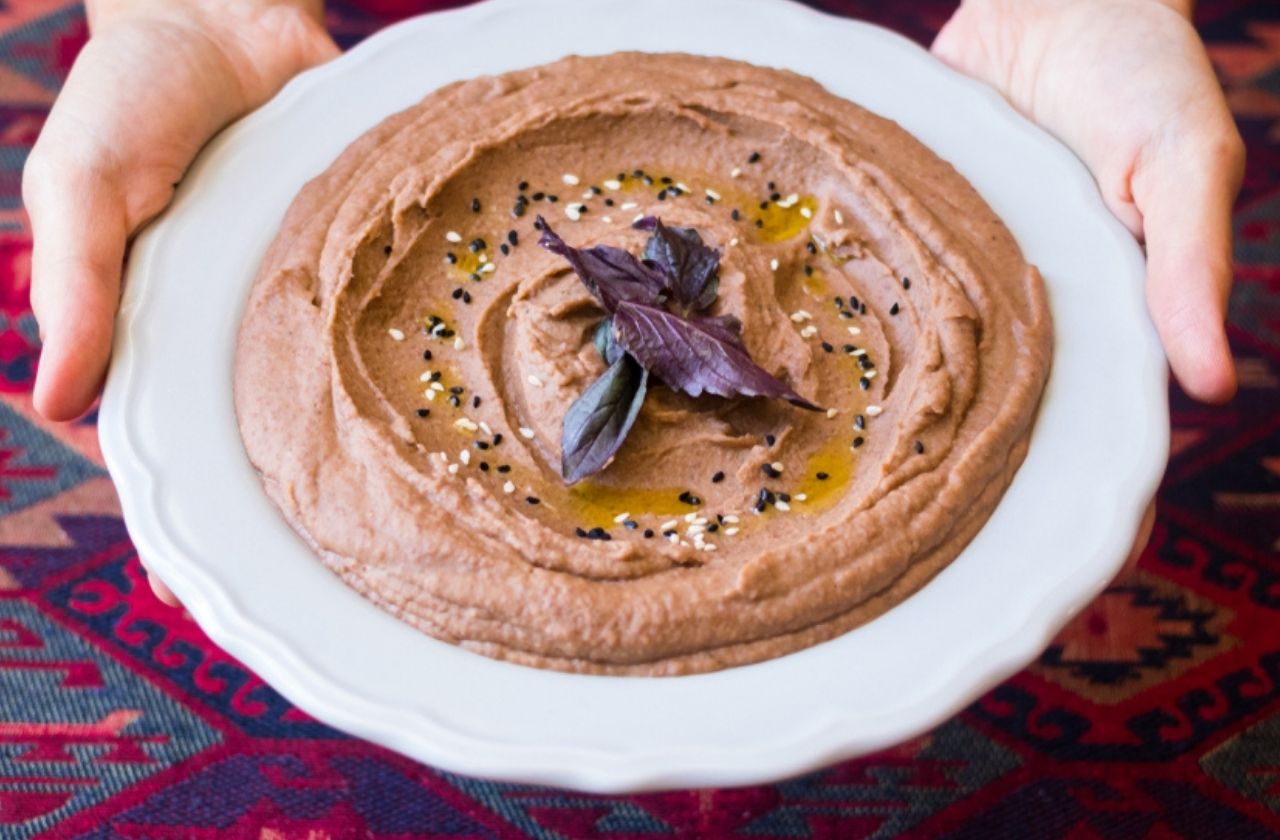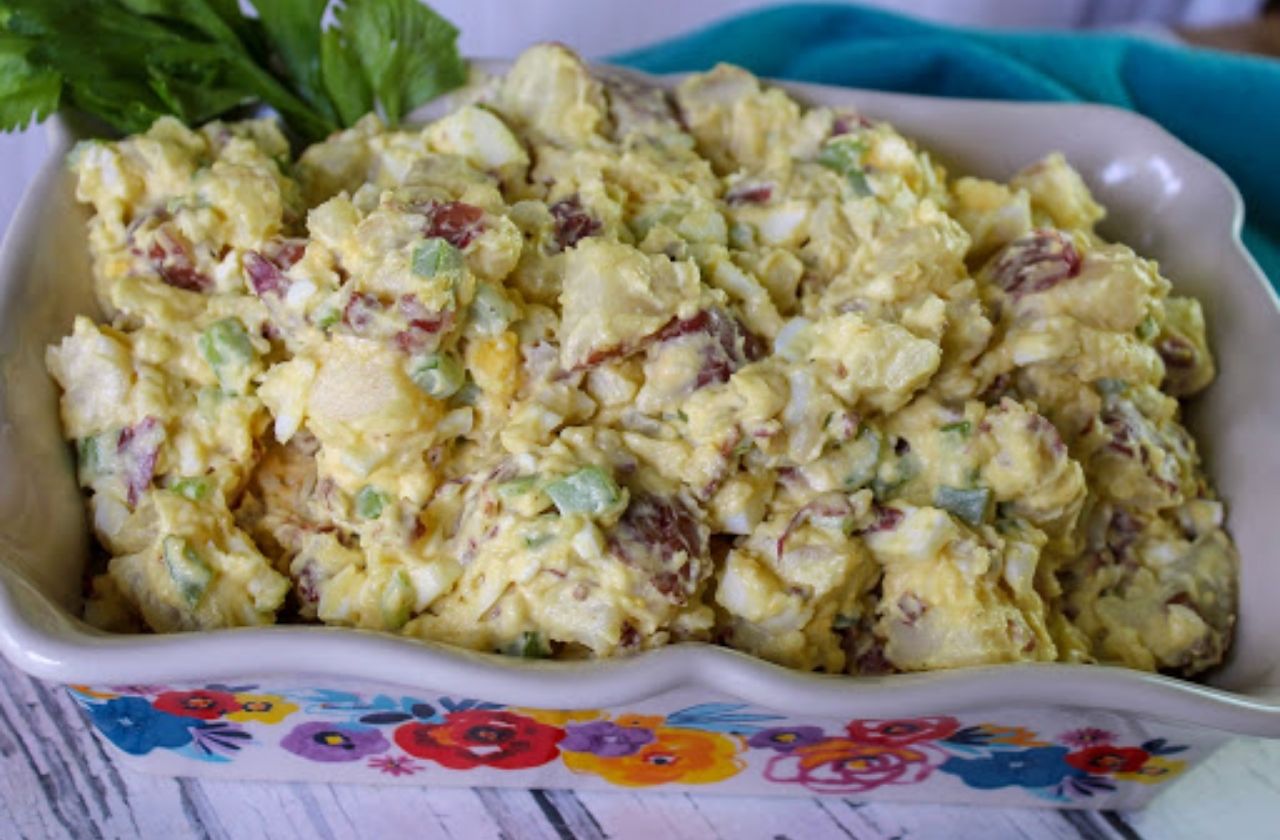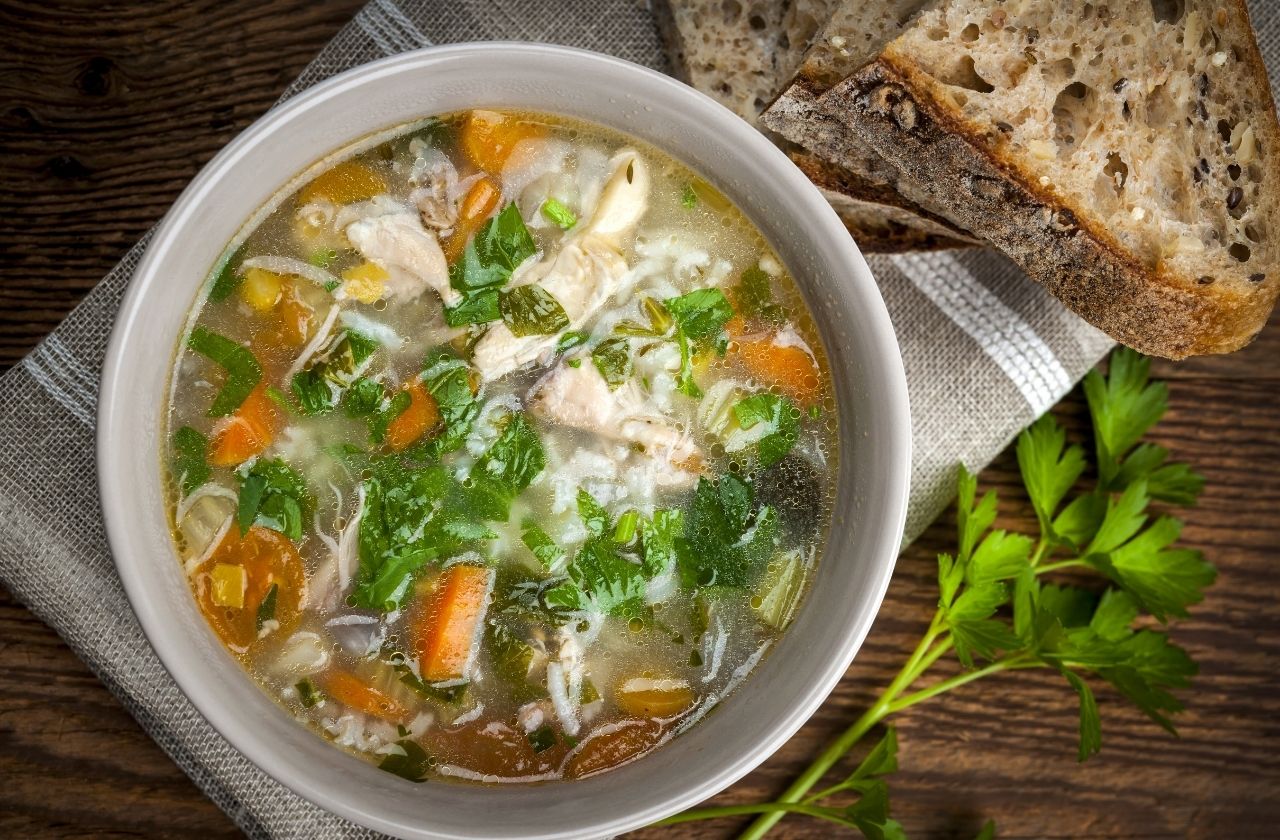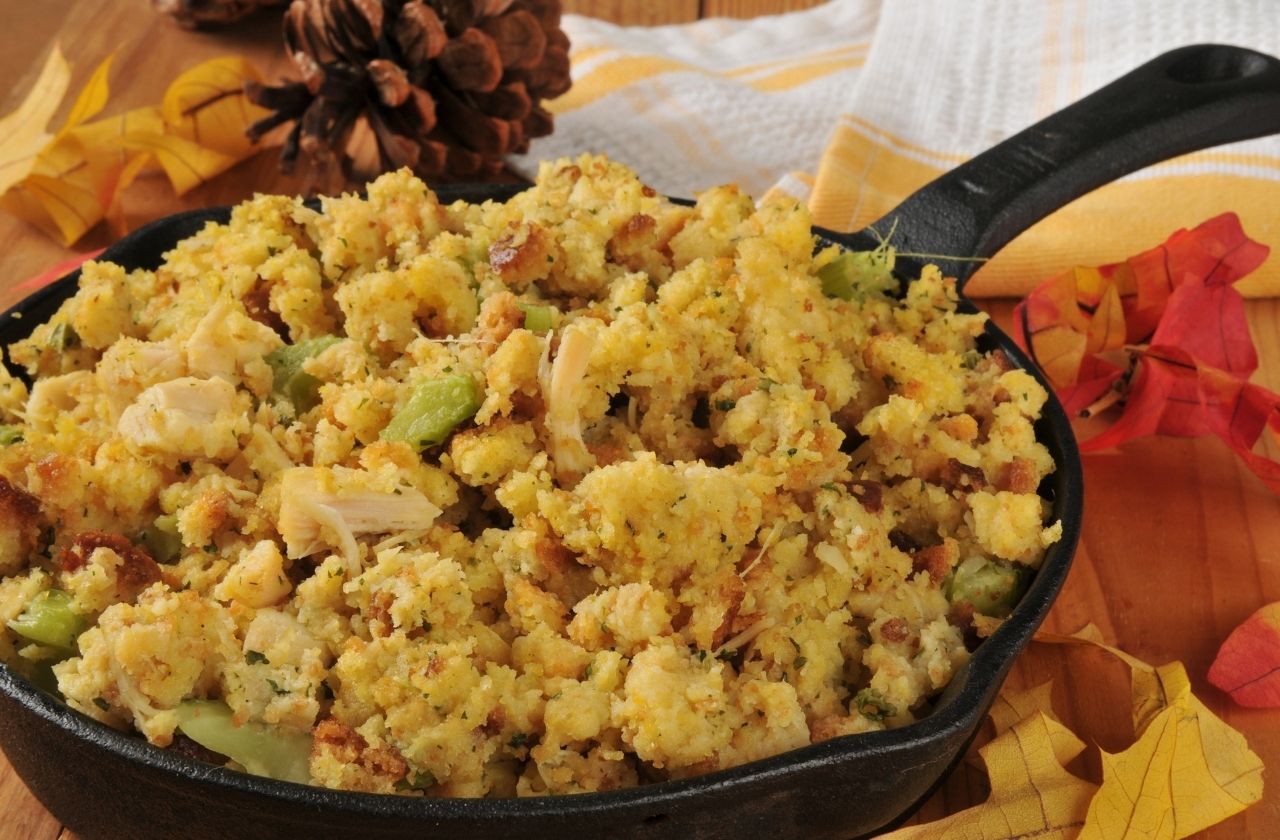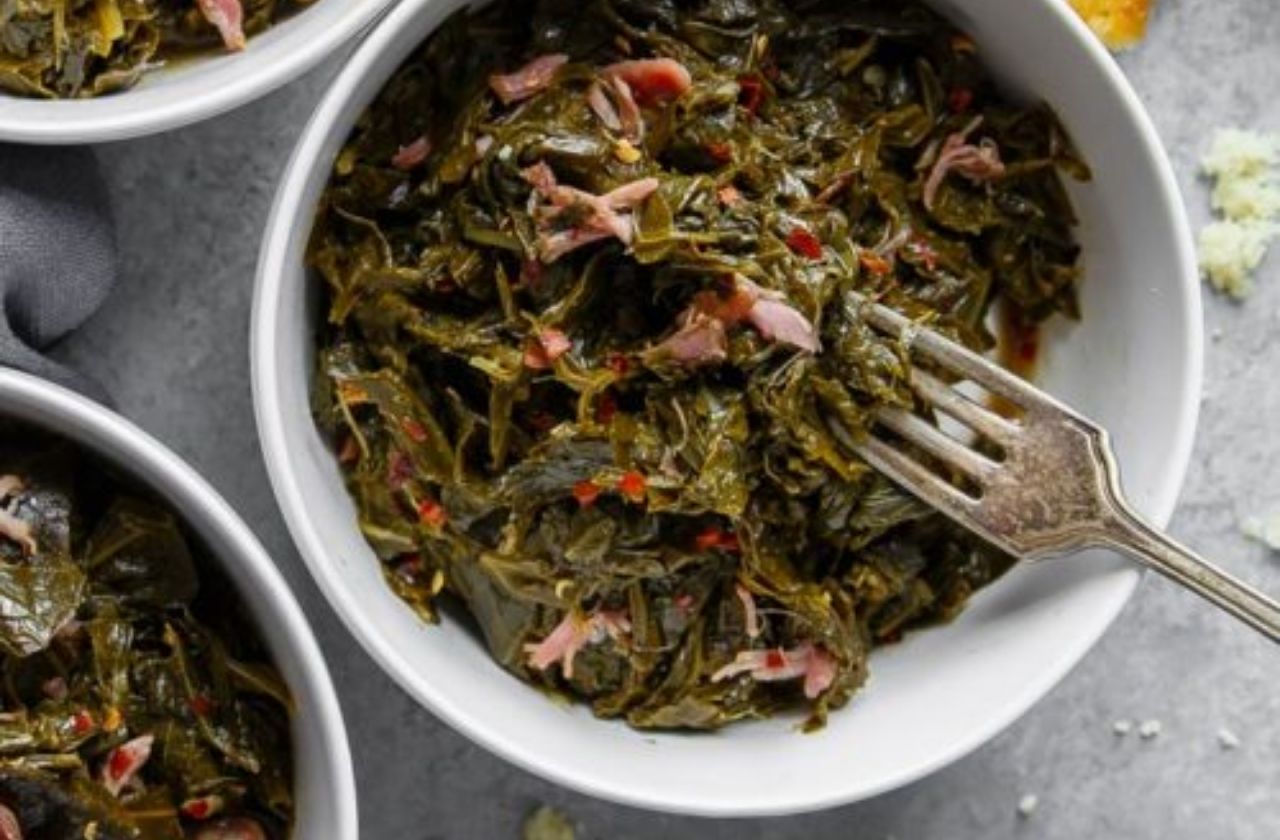A Soulful Shabbat
A Culinary Experience Honoring Ancestors From Two Cultures Whose Paths Meet at the Shabbat Table
by Shoshana Isaacson
UNORTHOBOXED Magazine Food Editor
February is recognized in the United States and Canada as Black History Month. It is a month that focuses on the achievements of the respective countries’ black citizens and their contributions to the growth of those countries. Although some may refer to this month as African American History month that puts a box around who may be honored. Many people of color in all three of these countries can trace their familial lineage to places other than the African continent and don’t identify as African but as Caribbean, Latino or Jewish; so to refer to the month-long celebration that way seems limiting. It may be surprising to see Jewish listed as one of the many ethnicities that are part of Black History Month, but it shouldn’t be.
Although much of the history of people claiming Jewish ancestry in places like the Caribbean and African Continent is unknown, as research is done and more knowledge of this history is uncovered it is obvious that the Black diaspora and the Jewish diaspora are interwoven. It is also evident in the foods that are brought to many a Shabbat table that traditional recipes have become interlaced as well. The breadth of this melding of traditions becomes more evident with each woman that was interviewed for this article. From a
family that identifies as being of Caribbean descent and can trace their lineage back to Portugal during the time of the expulsion to a woman who chose to become Jewish and adapted her family’s recipes so that she could continue to enjoy them in her kosher home. Each story is part of who we are as a people and can perhaps open our eyes to see that our Jewish heritage is more than Ashkenazic or Sephardic and that the foods we eat have a cross-cultural flavor that not only serves to unite us, but also reminds us that our Jewishness is an amalgamation of cultures from around the globe.
What better way to celebrate our Jewish and Black ancestral culinary cultures than by planning a Shabbat of Soul. We eat to nourish our bodies as well to give our neshamot (souls) strength to pray and do mitzvot. Many Jewish women of color were kind enough to share some of the traditional recipes that have been passed down in their families and that they have adapted to follow the laws of kashrut. Each of the recipes offered here has a unique origin and each recipe is prefaced with an anecdote from either the contributor or the source of the recipe.
A Soulful Shabbat Menu:
Recipes follow for items marked with an asterisk
Challah
Black-Eyed Pea Hummus*
Southern Style Classic Three Bean Salad
Potato Salad*
Southern Fried Flounder/Tilapia
Blewish Chicken Soup and Collard Greens*
Southern Baked Chicken Leg Quarters
“Big Mama’s” Cornbread Dressing*
Kosher Collard Greens*
Southern Style Parve Banana Pudding*
To begin the meal of course there must be challah. There are breads from different traditions that could be used for this meal as well; including Ethiopian Defo Dabo and Caribbean style roti flat bread. A great recipe for challah can be found in last month’s edition. For the appetizer course the table wouldn’t be complete without a few salads. A leafy green salad including spinach, chard, dandelion greens or mustard greens with a light vinaigrette, traditional Southern classic three bean salad and potato salad. According to Courtney Kotlicky, most Black American families have a special recipe for ‘their’ potato salad, guarded and lovingly passed from one generation to the next. In her family if you mess the recipe up you will be asked to bring ice to the next meal. The family recipe she shared with UNORTHOBOXED is below.
No menu or discussion on the subject of Jewish Soul Food would be complete without a nod to Chef Michael Twitty. His innovative cookbooks and in-person demonstrations have changed the way many foodies think about soul food and he has impacted the world of kosher food immensely. He is an author, culinary historian and a historical interpreter. Born in Washington, DC, he was raised in a relatively non-religious Christian home and converted to Judaism at age 25. His latest cookbook Koshersoul will be released this coming August, 2022. His black eyed peas hummus recipe originally published on Badmanners.com is the inspiration for the recipe below. It makes a great accompaniment to an appetizer course.
Fish is often served along with salads and dips. Batter fried fish is a perfect option and will complement the rest of the menu. After the fish course in many homes, soup is served. TaRessa Stovall is an author, communications strategist and a Jewish woman of color. She was born in the jazz era of Seattle to a mother who was of Russian Ashkenazic descent and an African American father who were both known as kitchen wizards. Her family lore is that her father taught her mother to cook all of the traditional soul food dishes he loved. Her mother who expressed love with food created a cross- cultural culinary cuisine that she and her “Blewish” brother grew up believing was the norm. It wasn’t until years after her mother had passed and she was writing her mixed identity memoir, “Swirl Girl” that she realized how rare her mother’s culinary prowess was. The most traditionally Jewish thing her mother
prepared was good old-fashioned chicken soup. While TaRessa admits that she did not inherit her mother’s skills in the kitchen, she has mastered her mother’s unique chicken soup and collard green recipes. It is her belief that her multicultural ancestors teased her into creating Chicken Soup with Collard Greens. The perfect blend of her culinary ancestry and the perfect soup for this soulful Shabbat meal.
After a little Shabbat dvar Torah it is time for the main course. Southern baked chicken leg quarters, collard greens and Tabitha Lenox’s maternal grandmother’s (affectionately known as ‘Big Mama”) cornbread dressing. Tabitha is a seventh generation East Texas native with a family that has cherished their recipes and passed them from one generation to the next. Cornbread has been a staple in her family’s meals in the same way that rice is a staple for others. After she began following the laws of kashrut she was more than nervous the first time she made her grandmother’s dressing for a family meal. Knowing what sticklers for being exact with ingredients her mother and grandmother were, made finding comparable kosher ingredients quite a challenge. In the same way that the recipe has been adapted through the previous generations she found a way to adapt the recipe to be kosher and she was thrilled to be able to share the recipe.
Before the meal can be called complete, and before all the zemirot have been sung and the bentching begins there must be something sweet to cap off the meal. In the southern part of the United States no hostess would let her guests leave without a bite of delicious pecan pie, or a mouthwatering peach cobbler. In many homes a creamy banana pudding is the pinnacle of a good meal. Below is a parve version to give the real thing a run for its money.
As you sit at the Shabbat table enjoying this feast, think about the many generations of women and men that have passed these heirloom recipes from one generation to the next. Who have brought the tastes of long-forgotten beginnings to the tapestry we call the Jewish diaspora. Talk about and take the time to learn about the Black Jewish diaspora that moved through the West Indies and the Caribbean and became part of our modern Jewish culture.

